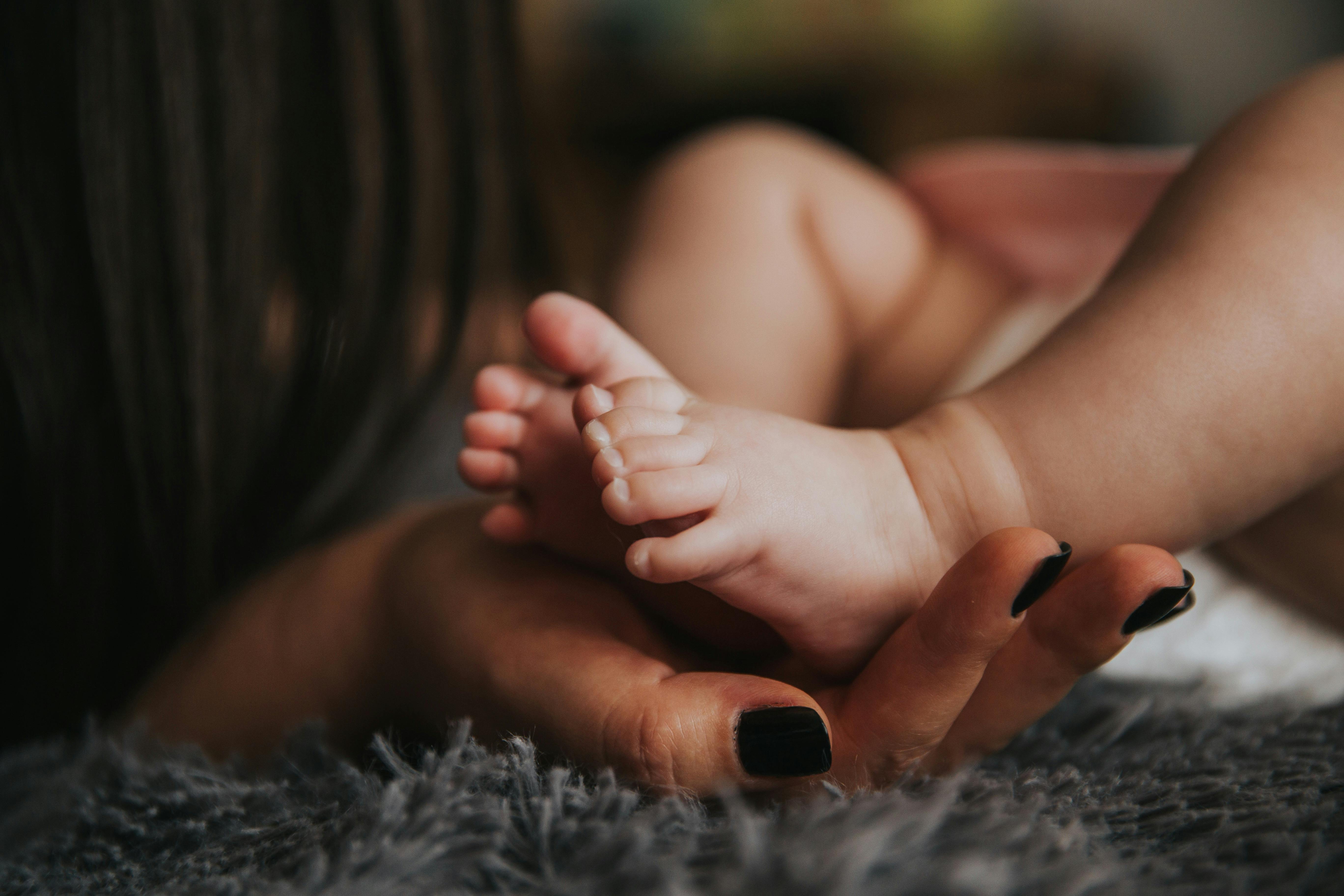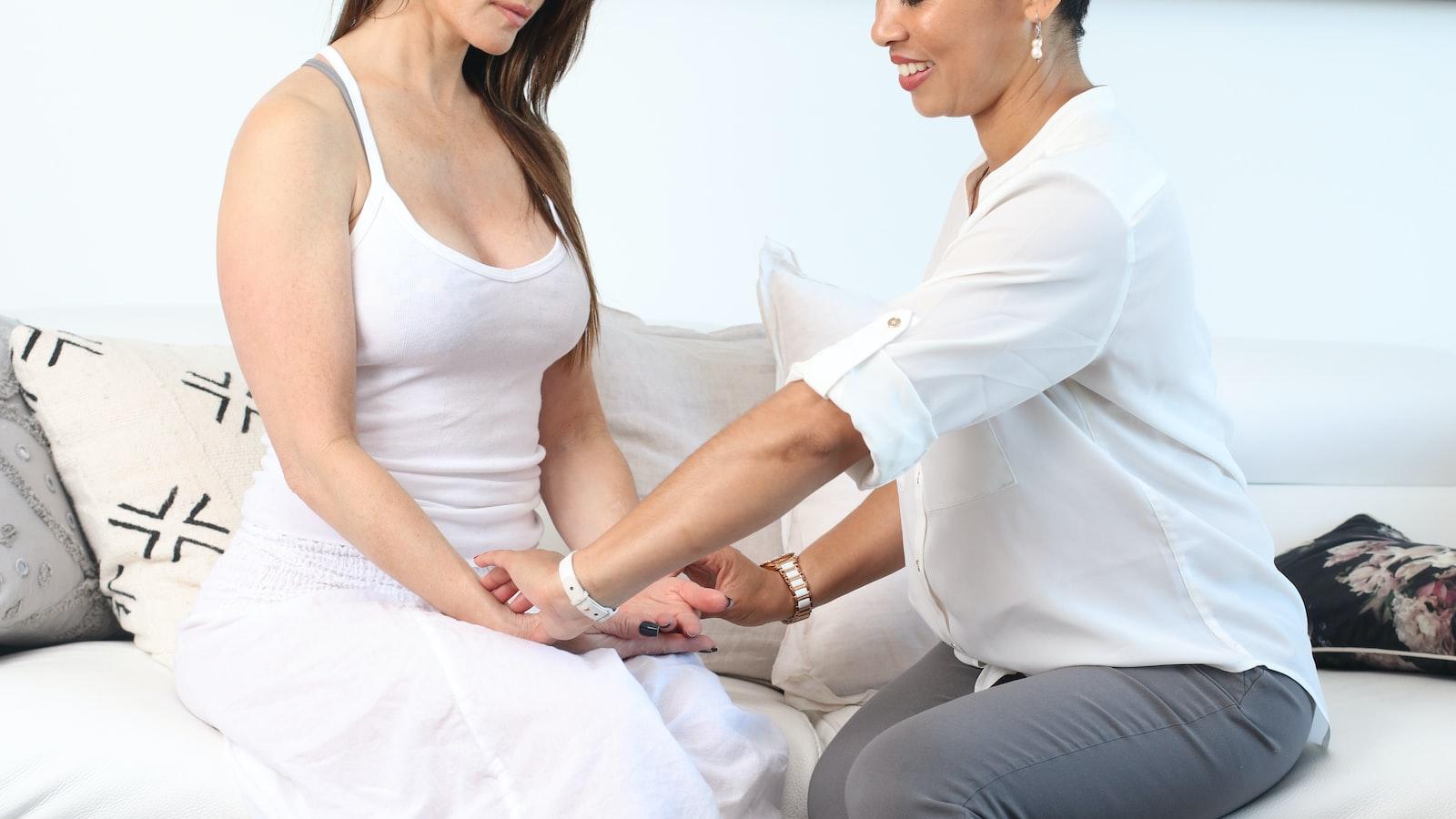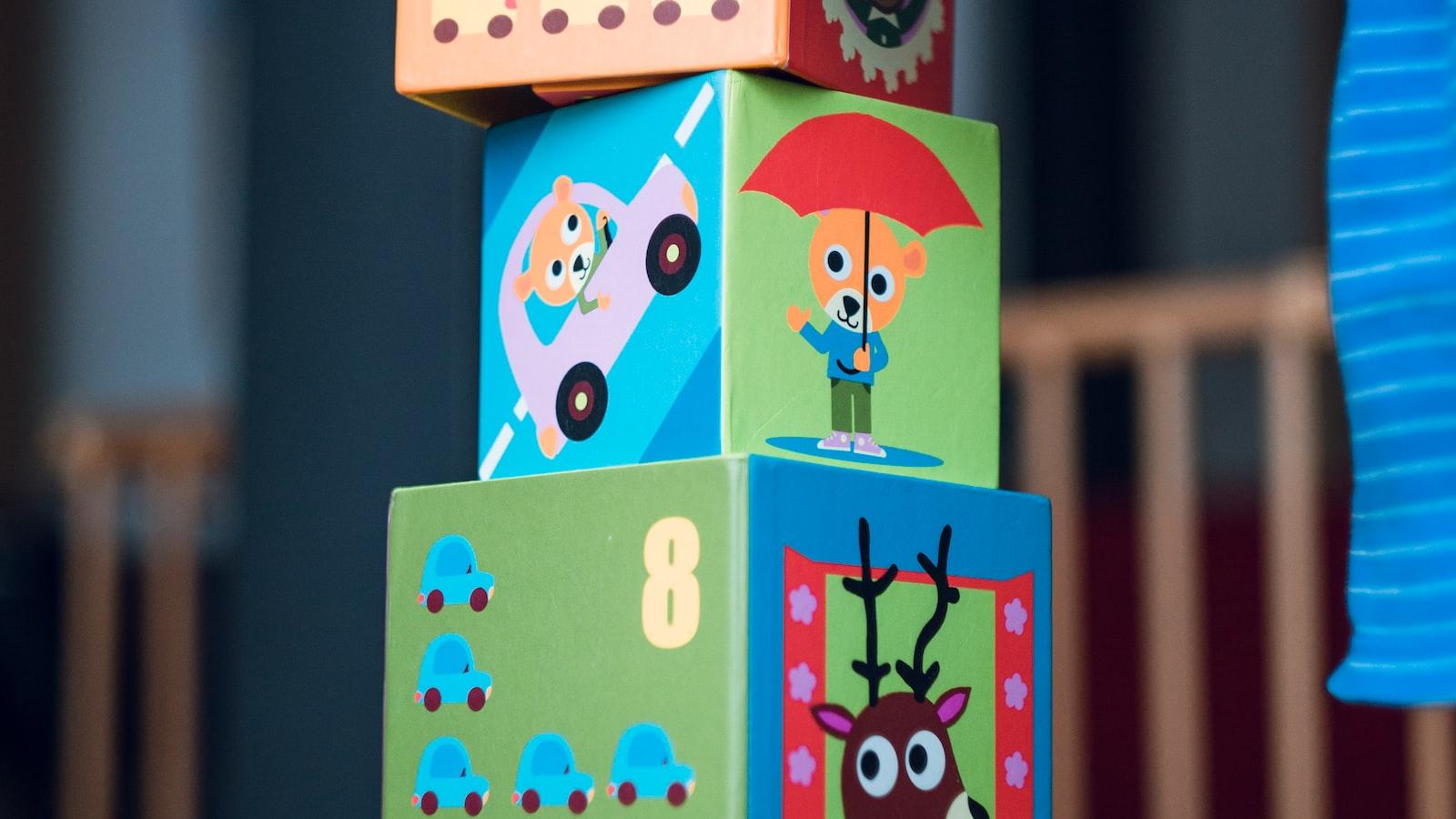Putting a pulse oximeter on a baby’s foot can be a daunting task for parents and caregivers, but it doesn’t have to be. Knowing the proper steps and techniques can help make the process of putting a pulse oximeter on a baby’s foot easier and quicker. This guide will outline how to properly put the pulse oximeter on a baby’s foot, as well as provide helpful tips for getting the most accurate readings.To properly put a pulse oximeter on a baby’s foot, first make sure the foot is clean and dry. Then securely wrap the pulse oximeter probe around the baby’s big toe. Make sure to apply firm pressure but not so tight that it causes discomfort. Finally, turn on the pulse oximeter and wait for the reading to appear.
What Is A Pulse Oximeter?
A pulse oximeter is a medical device used to measure the oxygen level (or oxygen saturation) in a person’s bloodstream. It is a non-invasive, painless test that measures the amount of oxygen in the body by attaching a sensor to a fingertip or earlobe. The device works by shining two wavelengths of light through the skin to measure how much oxygen is being carried in the blood. This information helps doctors diagnose and treat conditions such as asthma, sleep apnea, and chronic obstructive pulmonary disease (COPD). Pulse oximeters are also used in hospitals and other health care settings to monitor patients’ oxygen levels during surgery and other medical procedures.
Pulse oximetry is an important tool for monitoring the health of people with respiratory illnesses and other health conditions that affect their breathing. It can also be used to detect dangerous drops in blood oxygen levels, which can be life-threatening if not addressed quickly. The results from a pulse oximetry test can provide valuable insight into a person’s overall health status, helping doctors diagnose and treat illnesses more effectively.
Putting Pulse Oximeter On Baby Foot Step-By-Step
Taking a baby’s pulse oximetry reading is a simple process that requires just a few steps. Before beginning, make sure the pulse oximeter is properly sanitized and functioning correctly. Here are the steps for putting a pulse oximeter on a baby’s foot:
1. Place the baby’s foot in the cradle of the pulse oximeter. The cradle should be securely fastened around the foot, with no gaps for the foot to slip out of.
2. Gently wrap the elastic band of the pulse oximeter around the baby’s ankle or foot, depending on the size and position of their limb. Make sure it is not too tight or too loose and that it is not cutting off circulation.
3. Securely attach all cords and wires to ensure they are properly connected to the oximeter and that they will not interfere with movement or cause discomfort to your child.
4. Turn on the pulse oximetry machine and ensure that it is reading correctly by checking for good signal strength or any other detection errors that may occur.
5. Monitor your child’s readings as needed and adjust settings accordingly if necessary, for example if blood oxygen saturation levels drop too low or become erratic due to movement or other factors.
6. When done taking readings, turn off the machine and remove all cords and wires from your baby’s foot carefully, making sure not to disturb any of their skin or cause any further discomfort while doing so.

Check Battery Life of Pulse Oximeter
When putting a pulse oximeter on a baby’s foot, it is important to check the battery life first. This will ensure that the device is working properly and will provide an accurate reading. If the battery is low, it may not be able to provide an accurate reading or it may not even work at all. It is best to replace the battery or charge the device before using it on a baby’s foot.
Clean Foot Properly Before Placing Pulse Oximeter
Before placing a pulse oximeter on a baby’s foot, it is important to make sure that the foot is clean and free from any dirt or debris. This will help ensure that the device does not pick up any false readings due to dirt or debris between the baby’s skin and the device itself. The foot should be washed with warm water and soap before placing the pulse oximeter.
Choose Appropriate Size of Sensor for Baby Foot
A pulse oximeter typically comes with different sized sensors for different size feet. It is important to choose one that fits correctly on your baby’s foot in order to get an accurate reading. Too small of a sensor can cause inaccurate readings due to pressure on the toes, while too large of a sensor can cause false readings due to loose contact with the skin.
Check for Comfortability
It is important to make sure that your baby feels comfortable when wearing a pulse oximeter on their foot. If they are uncomfortable, they may fidget or wiggle their foot which could lead to inaccurate readings. The sensor should fit snugly but should not be too tight or too loose.
Be Vigilant While Taking Reading
After putting a pulse oximeter on your baby’s foot, it is important to remain vigilant while taking readings. Monitor your baby closely for changes in their breathing rate or color as this could indicate an underlying medical issue which needs attention right away. Also pay attention if there are any signs of pain or discomfort from your baby while wearing the sensor.




